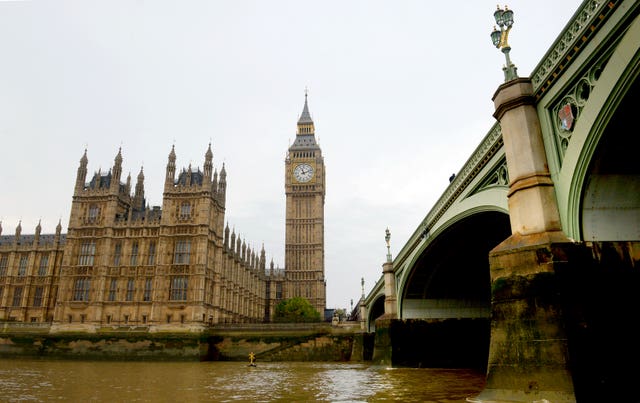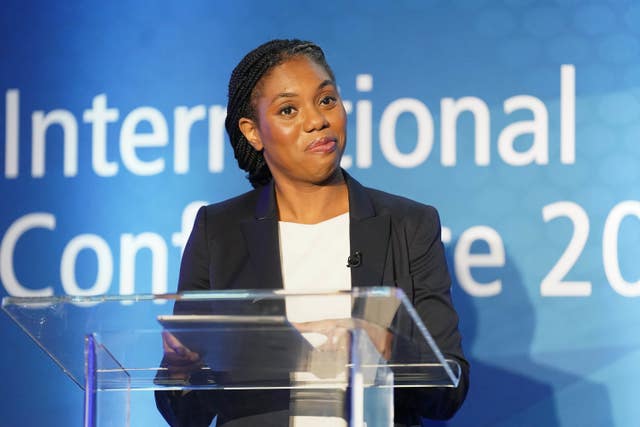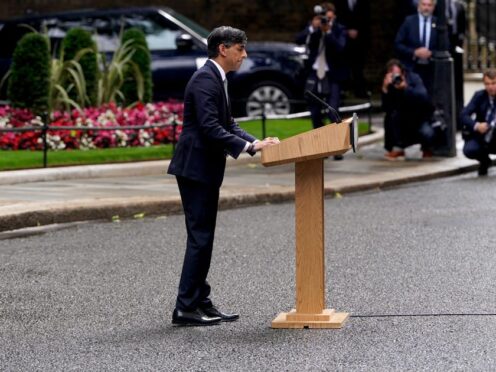Rishi Sunak has said he will resign as leader of the Conservative Party after the heavy election defeat to Labour.
Speaking outside 10 Downing Street, Mr Sunak said: “Following this result I will step down as party leader, not immediately, but once the formal arrangements for selecting my successor are in place.”
But how does the party select a new leader?
Here the PA news agency answers questions on the Tory leadership contest.
– What prompts a leadership contest?
A leadership contest will take place if a sitting leader resigns or if they lose a vote of no confidence of MPs.
– Who can be put forward?
The leader of the party must be a sitting MP and they must be nominated by other Conservative MPs.
The threshold for nomination has varied in recent years.
In 2019 leadership contenders needed just eight nominations while in October 2022 candidates required 100 supporters.
– What are the first steps?
Leadership elections for the Conservative Party usually consist of two stages.
In the first stage Conservative MPs choose two candidates to put forward as potential leaders.
The rules and procedures for the first stage of a leadership election are not in a publicly available document. They are determined by the Conservative Party’s 1922 Committee of backbench MPs in consultation with the Conservative Party Board.

When a Conservative leadership contest is held, the chair of the 1922 Committee will announce the rules to be followed and the timetable.
If there are more than two candidates the field is narrowed, usually through a series of ballots, depending on the number of candidates.
If multiple ballots are needed, the candidate with the lowest vote will be eliminated and MPs are re-balloted until only two candidates remain.
In addition, candidates may be eliminated if they fail to meet a pre-declared threshold of votes.
In the unlikely event that only one candidate is nominated they will become leader of the party, but they may be subject to a vote of party members to ratify the result.
– What is the next stage?
After the first stage of the contest, there will be two potential leadership candidates.
The second stage will see all Conservative Party members balloted and the candidate with the most votes wins.
– Who is leader of the party now?
Although no longer prime minister, Mr Sunak is the current leader of the Conservatives.
He said he will remain in post until the “formal arrangements for selecting my successor are in place”.
– Who could be the new Tory leader?

A number of senior figures have been suggested as Mr Sunak’s successor.
They include former home secretary James Cleverly; outgoing business secretary Kemi Badenoch; Dame Priti Patel, who served as home secretary between July 2019 and September 2022; Suella Braverman, who has served as both home secretary and attorney general; Robert Jenrick, who previously served as immigration minister; former chancellor Jeremy Hunt; and outgoing health and social care secretary Victoria Atkins.
